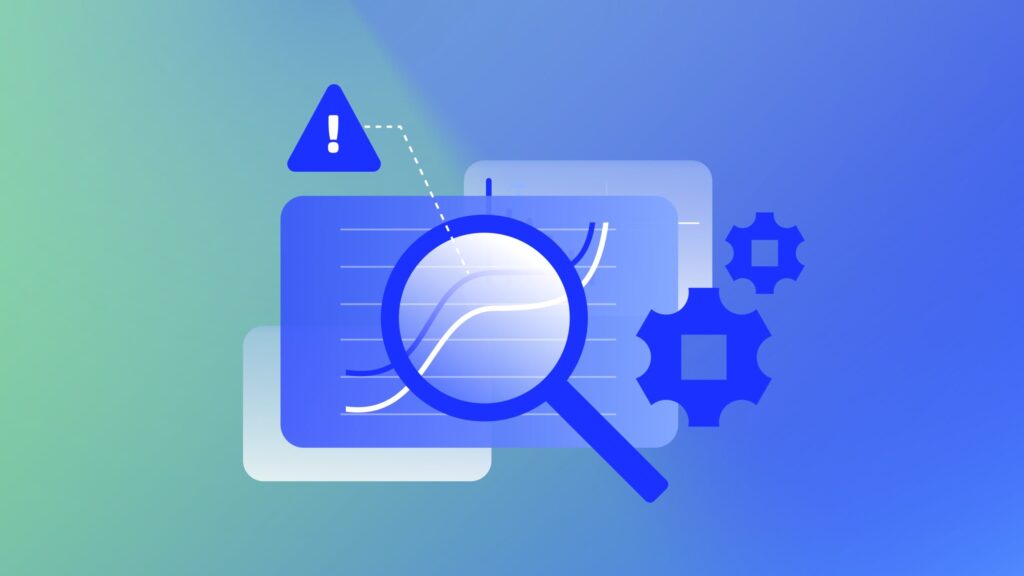
In the ever-evolving landscape of data science and machine learning, identifying the root causes of observed phenomena is paramount. This pursuit has led to the development of specialized tools and libraries designed to assist in causal inference and root cause analysis. Two such promising tools within the Python ecosystem are DoWhy and PyRCA.
Root Cause Analysis with DoWhy

DoWhy is an open-source Python library specifically crafted for causal machine learning. It provides a robust framework for estimating causal effects from observational data, allowing data scientists and analysts to move beyond mere correlation and delve into understanding the underlying causal relationships. DoWhy’s power lies in its ability to systematically address potential confounding variables and biases that can cloud the true relationship between cause and effect.
The core philosophy of DoWhy is based on the “do-calculus” framework, a mathematically rigorous approach to causal inference developed by Judea Pearl. This framework provides a structured way to reason about interventions and their potential effects on the system under study. DoWhy simplifies the application of do-calculus by providing a user-friendly interface and a comprehensive set of tools for causal model specification, identification, estimation, and refutation.
One of the key features of DoWhy is its ability to generate multiple causal estimates using different methods. This allows analysts to compare and contrast the results obtained from various approaches, providing a more robust and reliable understanding of the causal effects. Furthermore, DoWhy incorporates built-in refutation techniques that help assess the validity of the causal assumptions made during the analysis. These refutation methods can identify potential biases and limitations in the causal model, enabling users to refine their analysis and arrive at more credible conclusions.
DoWhy’s versatility makes it applicable across various domains, including healthcare, economics, and social sciences. By leveraging DoWhy, researchers and practitioners can gain valuable insights into the causal drivers of complex phenomena and develop more effective interventions and policies.
Introducing PyRCA: A Cutting-Edge Python Machine Learning Library

PyRCA represents another significant advancement in the field of root cause analysis within the Python ecosystem. This cutting-edge library leverages the power of machine learning to automate and streamline the process of identifying the underlying causes of anomalies and performance degradations in complex systems. Unlike traditional rule-based approaches, PyRCA employs sophisticated machine learning algorithms to learn from historical data and identify subtle patterns that may indicate potential root causes.
PyRCA excels at handling high-dimensional data and can effectively analyze large datasets with numerous variables. It employs techniques such as anomaly detection, feature selection, and causal inference to pinpoint the most likely root causes of observed issues. By automating the process of root cause analysis, PyRCA can significantly reduce the time and effort required to diagnose and resolve problems, allowing organizations to respond more quickly to critical events and minimize downtime.
One of the key advantages of PyRCA is its ability to adapt to changing system dynamics. As the system evolves and new data becomes available, PyRCA can continuously update its models and improve its accuracy in identifying root causes. This adaptive learning capability ensures that PyRCA remains effective even in dynamic and unpredictable environments.
PyRCA also provides valuable insights into the relationships between different system components. By analyzing the dependencies and interactions between various variables, PyRCA can help organizations gain a deeper understanding of their systems and identify potential vulnerabilities. This knowledge can be used to proactively address potential issues before they escalate into major problems.
In conclusion, both DoWhy and PyRCA offer powerful tools for root cause analysis in the Python ecosystem. DoWhy provides a rigorous framework for causal inference based on do-calculus, while PyRCA leverages the power of machine learning to automate and streamline the process of identifying root causes. By incorporating these libraries into their workflows, data scientists and analysts can gain valuable insights into the underlying causes of complex phenomena and develop more effective solutions.
If you are looking for Machine Learning for Fast and Accurate Root Cause Analysis | Heal you’ve came to the right place. We have 10 Images about Machine Learning for Fast and Accurate Root Cause Analysis | Heal like Visualizing Machine Learning Algorithms for Root Cause Analysis, Machine Learning in Root Cause Analysis and also Root cause analysis machine learning: Accelerate incident resolution. Read more:
Machine Learning For Fast And Accurate Root Cause Analysis | Heal

healsoftware.ai
Machine Learning Workflow For Automated Root Cause Analysis. This
www.researchgate.net
workflow automated root procedure rank diagram
Introducing PyRCA: A Cutting-Edge Python Machine Learning Library

multiplatform.ai
Machine Learning In Root Cause Analysis
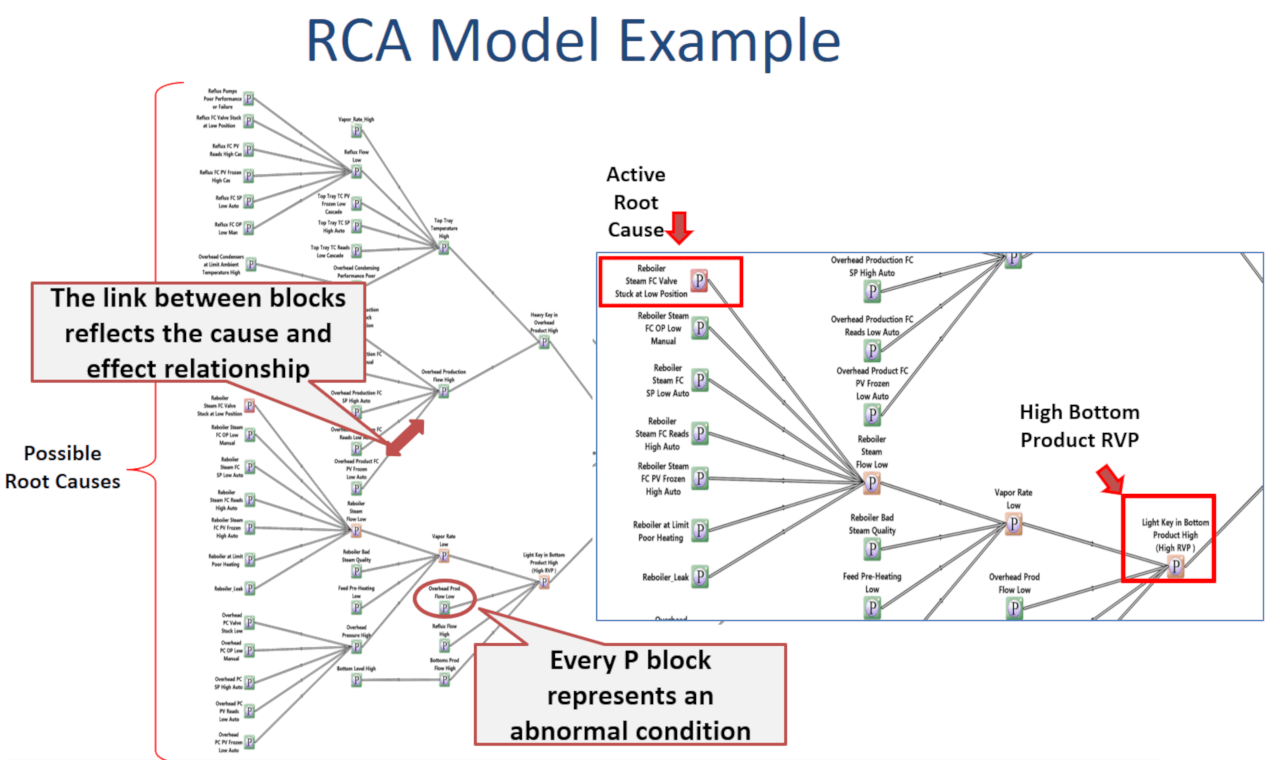
prsync.com
cause analysis root machine learning rvp sensor soft realtime enlarge using click
Root Cause Analysis With DoWhy, An Open Source Python Library For

flipboard.com
Root Cause Analysis With DoWhy, An Open Source Python Library For

www.javascripttutorial.org
Root Cause Analysis Machine Learning: Accelerate Incident Resolution
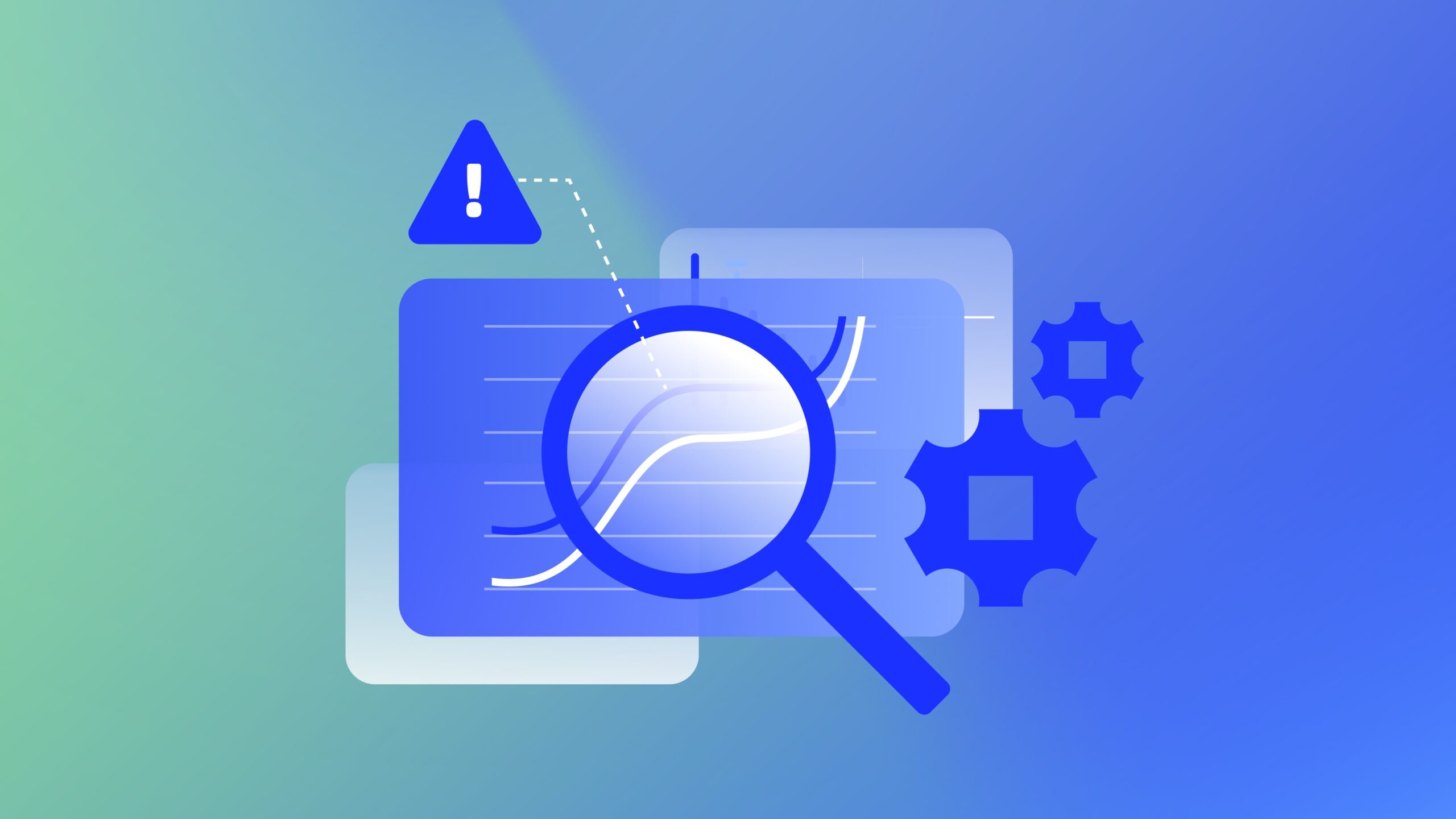
www.logicmonitor.com
Root Cause Analysis Machine Learning: Accelerate Incident Resolution
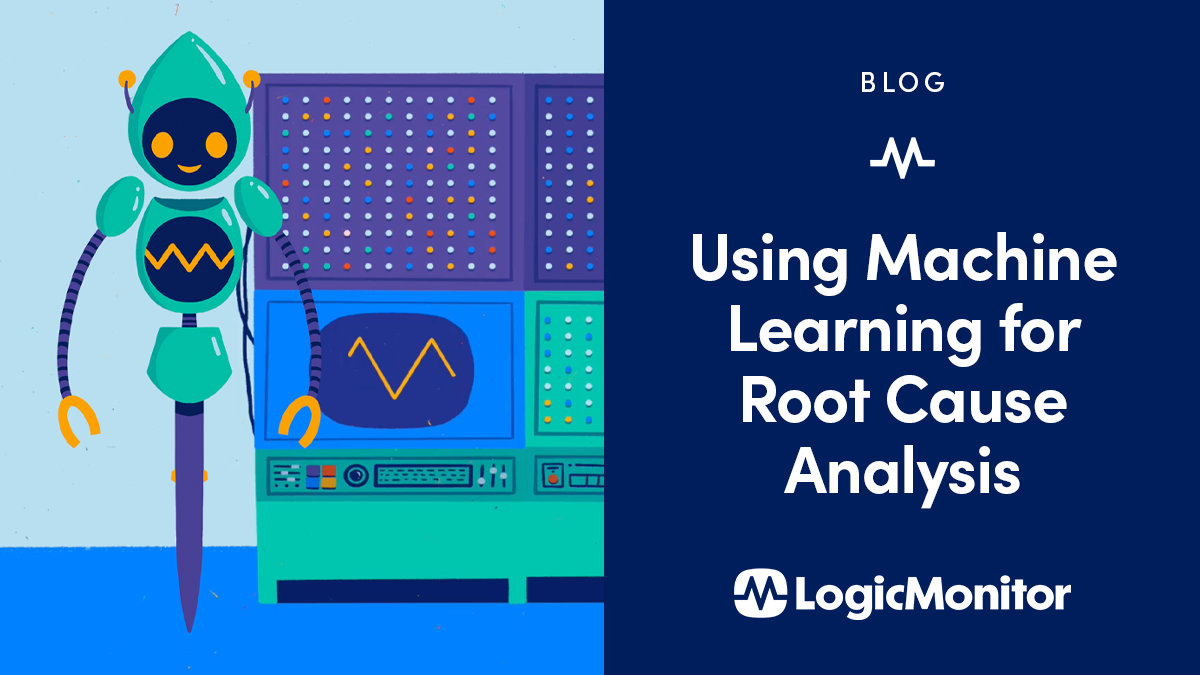
www.logicmonitor.com
root logicmonitor
Root Cause Analysis Bot Using Machine Learning Techniques – TechRxiv

www.techrxiv.org
Visualizing Machine Learning Algorithms For Root Cause Analysis
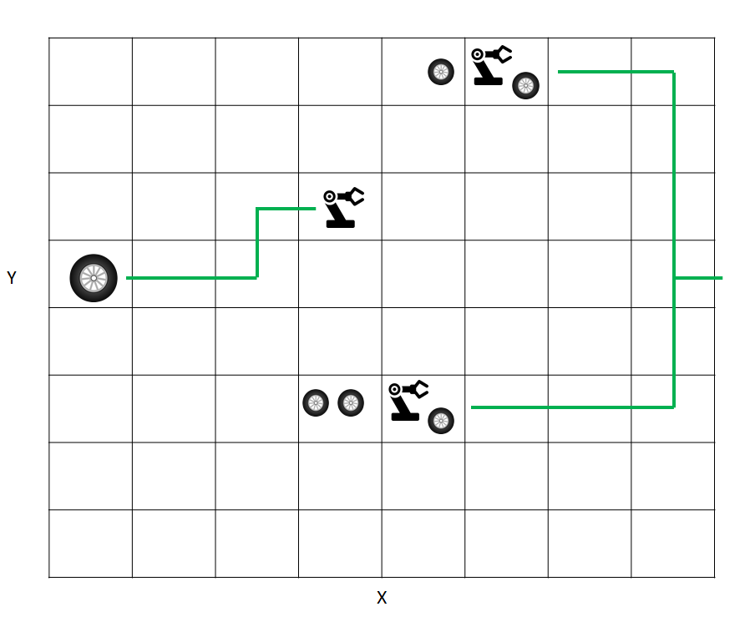
sebastianappelt.com
algorithms learning machine root cause visualizing analysis factory
Root cause analysis with dowhy, an open source python library for. Introducing pyrca: a cutting-edge python machine learning library. Root cause analysis machine learning: accelerate incident resolution







:max_bytes(150000):strip_icc()/008_how-to-factory-reset-a-lenovo-laptop-5115817-a67348722ce94f9783881ea29e596310.jpg)